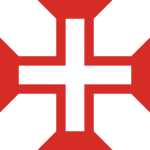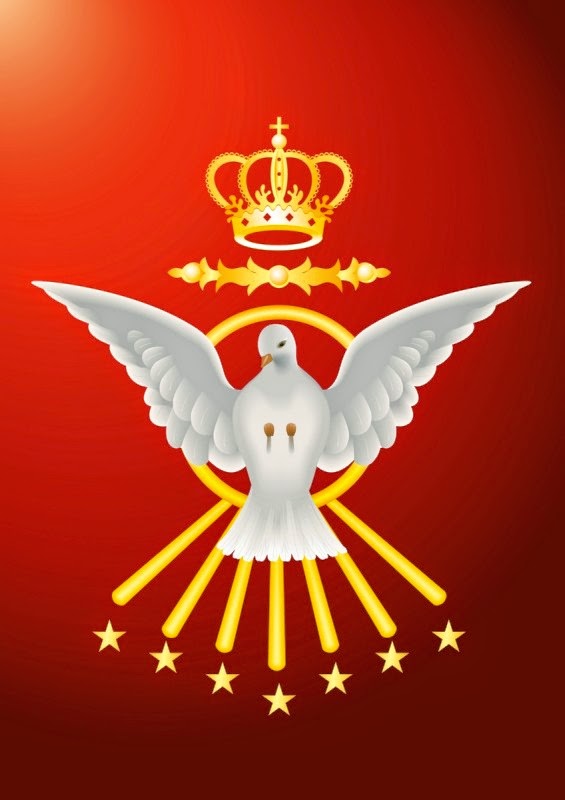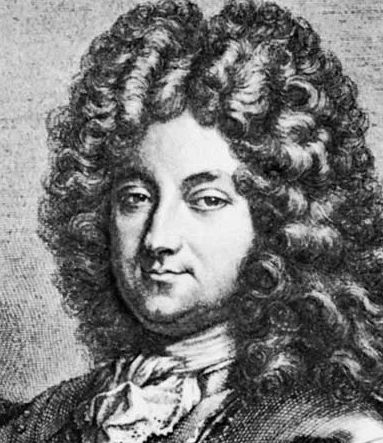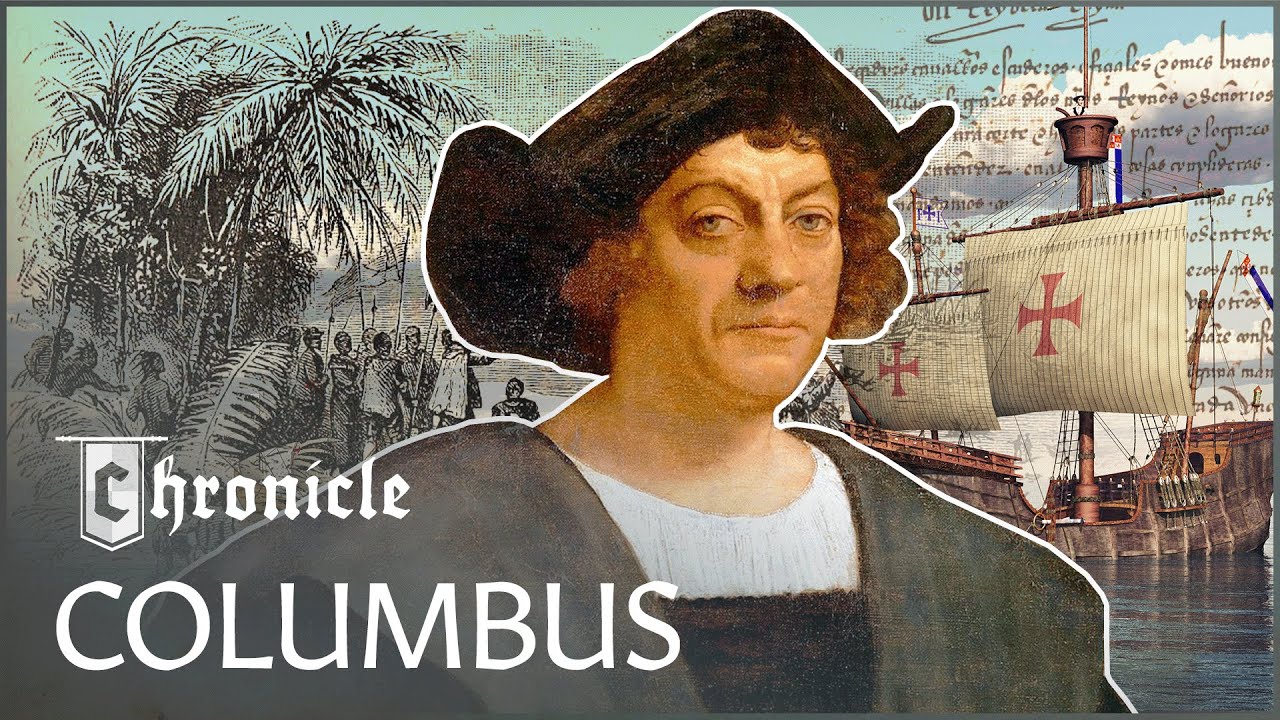The Knights Templar, also known as the Order of the Temple, was a religious and military order established in the 12th century during the Crusades. The Templars were renowned for their courage in battle and their great wealth, which they acquired through donations from the nobility and from their own economic activities. However, their power and influence eventually led to their downfall, and in 1312, the order was officially dissolved by Pope Clement V.
In Portugal, the Templars had a significant presence, with many of the order’s members residing in the country. When the order was dissolved, King Denis I of Portugal, who had been a strong supporter of the Templars, was faced with a dilemma. He did not want to see the valuable assets and resources of the order fall into the hands of other European powers, nor did he want to see the members of the order persecuted or executed as they had been in other countries.
To resolve this issue, King Denis I came up with a plan. He created a new order, the Order of Christ, which would take over the assets and resources of the Templars and would be granted papal recognition. The king also granted the order a number of privileges, including the right to conduct its own religious ceremonies, the right to collect tithes, and exemption from taxation.
The Order of Christ was established in 1319, just seven years after the dissolution of the Templars, and was initially headed by the Portuguese knight Gil Martins. The new order quickly became an important player in the country’s political and religious affairs, and it continued many of the traditions and practices of the Templars. For example, the order continued to use the red cross as its symbol, and it continued to focus on the defense of the faith and the expansion of Christianity.
Under the leadership of Prince Henry the Navigator, who was also a member of the order, the Order of Christ played a key role in Portugal’s Age of Discovery. The order provided financial and logistical support for many of the country’s explorers, including Vasco da Gama and Pedro Álvares Cabral. The order also established a naval school, which trained many of the country’s sailors and navigators.
During the 15th and 16th centuries, the Order of Christ became one of the wealthiest and most powerful institutions in Portugal. It owned vast tracts of land, controlled important ports and trade routes, and wielded significant political and religious influence. The order’s wealth and power eventually drew the attention of the Portuguese monarchy, and in 1551, King João III decreed that the order’s assets would be merged with the royal treasury.
Despite this setback, the Order of Christ continued to exist as a religious and military order, and it played an important role in Portuguese history. The order was abolished in 1834, during the liberal reforms of the 19th century, but its legacy lives on. The order’s red cross is still used as a symbol in Portugal, and many Portuguese people take pride in the order’s role in the country’s history and culture.

The cross of the Order of Christ, still used to this day in Portugal.
In conclusion, the Portuguese Knights Templars becoming the Order of Christ was a significant event in the country’s history. The establishment of the new order allowed Portugal to retain the valuable assets and resources of the Templars, while also ensuring that the members of the order were not persecuted or executed. The Order of Christ went on to become an important player in Portugal’s political and religious affairs, and it played a key role in the country’s Age of Discovery. Today, the legacy of the Order of Christ is still felt in Portugal, and the order remains an important part of the country’s history and culture.
1312 1319 Age of Discovery culture Gil Martins Henry the Navigator history Knights Templar monarchy Ordem de Cristo Order of Christ Pedro Alvares Cabral Pope Clement V Portugal Portuguese Royalty Templars Vasco De Gama
Last modified: February 18, 2023






